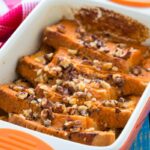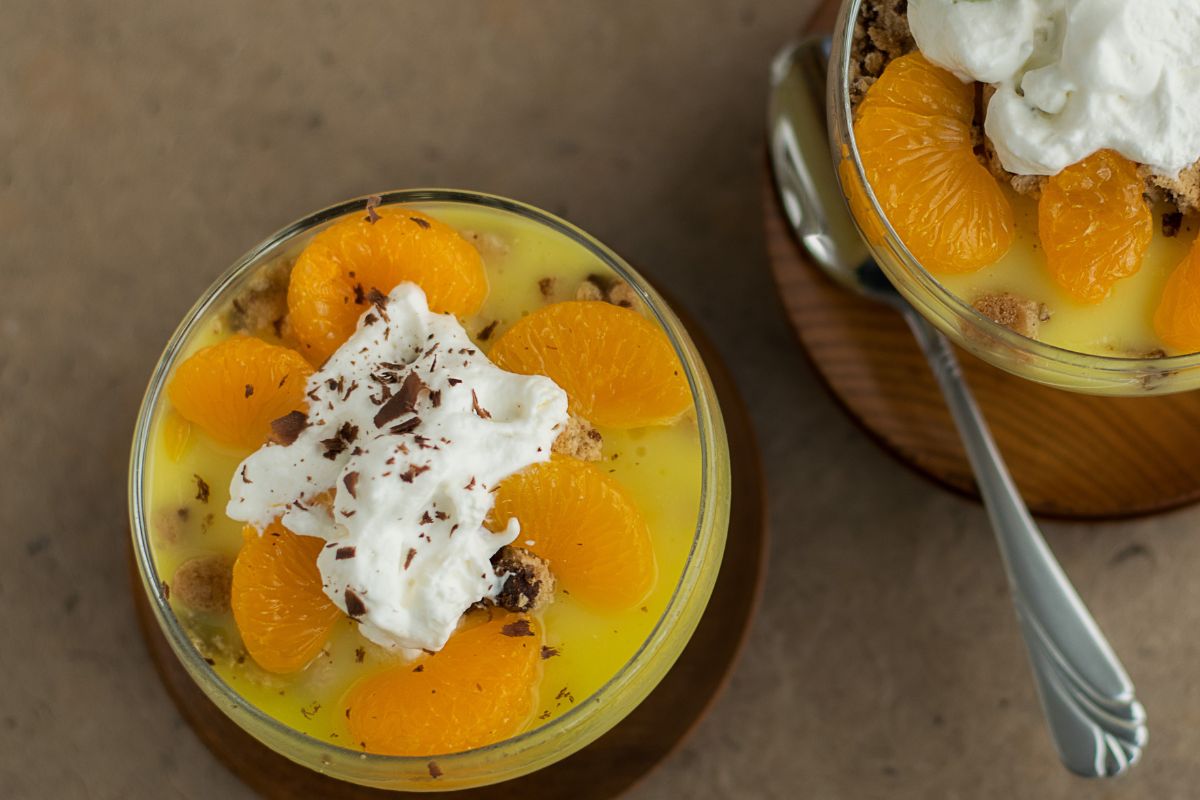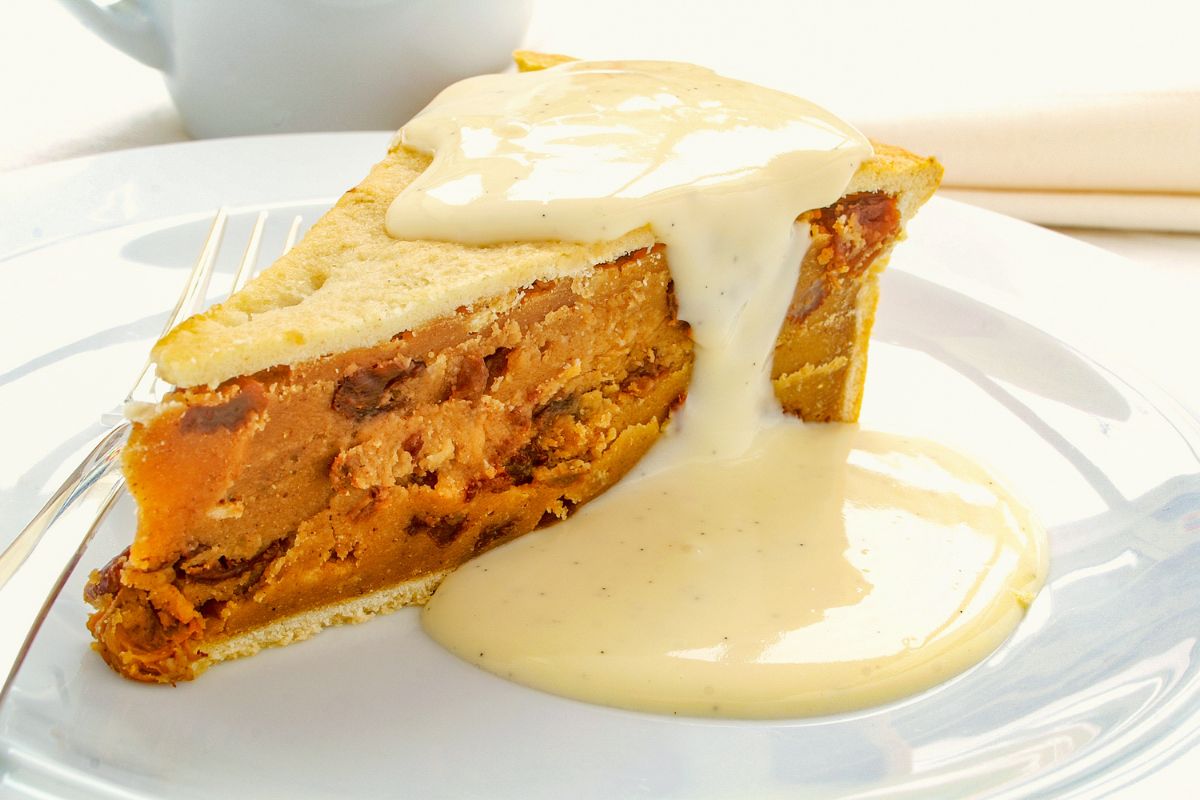You may have seen it in the grocery store or come across it in a recipe, so what is tapioca flour?
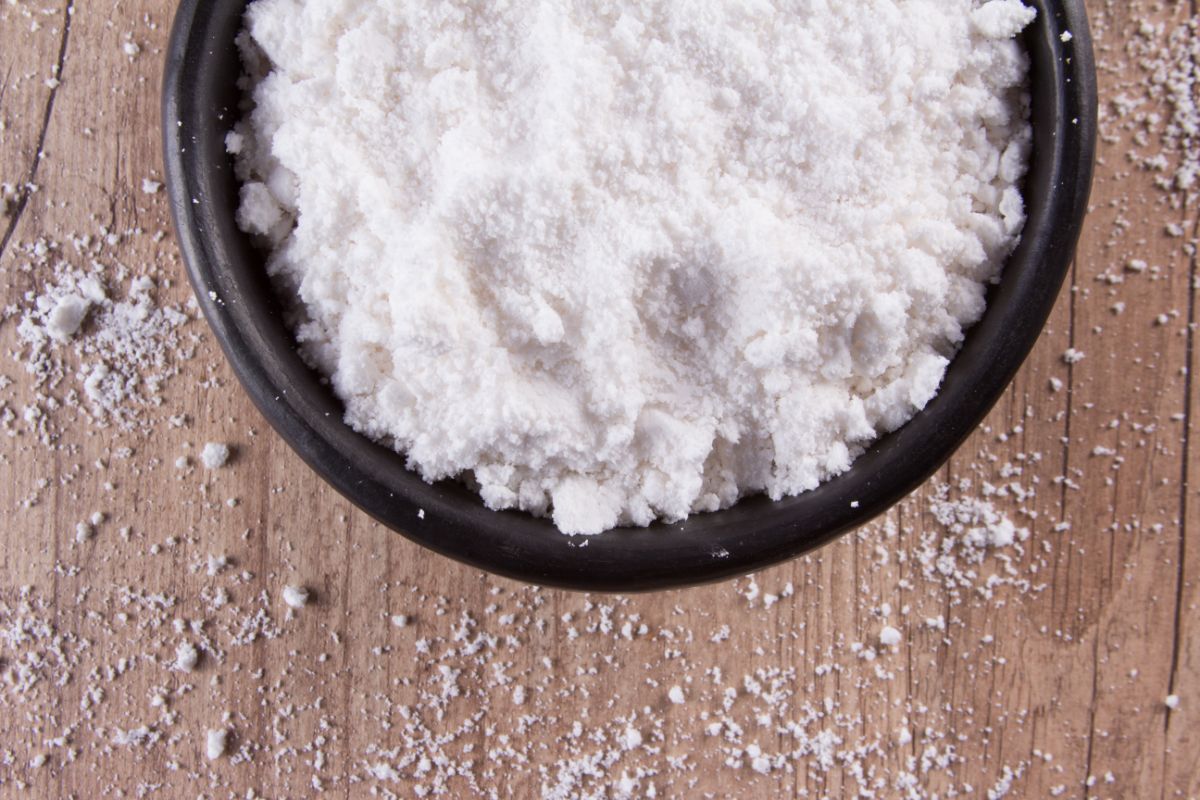
We take a look at exactly what this ingredient is, how it is made and the ways in which it can be used. And no, it’s not just for pudding.
What Is Tapioca?
Tapioca is a starch that is extracted from the cassava root. Cassava is a member of the tuber family and is native to South America. It is also known as yuca though not the same as the common houseplant of the same name.
The flour is composed almost entirely of carbohydrates and has no protein and few other nutrients. However, it makes a great ingredient for thickening dishes such as soups, stews or sauces.
When used to dust chicken or other meat tapioca flour gives a crispy finish when fried. The flour is odorless and tasteless so imparts no external flavor into the dishes it is added to.
In baking, you can use tapioca flour as a gluten free alternative and when making pizza crust it will give a crisper exterior. You can also use it as a binding agent such as in homemade burgers to keep the mixture from falling apart.
Tapioca is sold as a fine milled flour but also in small pearls such as are used in making tapioca pudding and bubble tea, or boba as it is also known.
How Is Tapioca Flour Made?
Tapioca flour is made by being extracted from the root of the cassava plant. The process by which this happens is quite labor intensive, although it does vary by location.
People in South America have been making tapioca flour for hundreds of years. The most common way to get the starch from the plant root is to grate it and then squeeze out the liquid starch from the resulting pulp.
The roots of the cassava plant can be very long, so they need to be cut into small pieces, peeled and then rasped or grated. This pulp is then washed and spun until all the starch has been extracted, it is then dried.
Cassava should never be eaten raw as it contains a form of cyanide. It is only when the cassava has been processed that it is safe to eat. Tapioca flour is perfectly safe as it has been properly detoxified and processed.
Ways To Use Tapioca Flour
There are many ways to use tapioca flour. As it is a starch it is perfect as a thickening agent. For this reason, it can be added to liquid based foods to create a thicker texture. For example, adding it to a fruit filling for pies or to coat beef before adding to a stew.
A Brazilian bread known as pão de queijo is made with tapioca flour, cheese, milk and eggs. It is served as a breakfast dish.
Make a pudding with tapioca pearls and whole milk for a creamy and delicious after dinner treat. Bubble tea is another great and popular way to use tapioca pearls, add them to a black tea with whole milk or to one of the many bubble tea recipes available.
Tapioca flour is also suitable for those who are following a gluten free diet as it contains no gluten at all.
Tapioca Flour Vs Cassava Flour
Although tapioca flour comes from the cassava root it is not the same as cassava flour. The difference is in how the two are made despite the fact that they are both derived from the same plant.
Tapioca is extracted from the cassava root by the shredding and squeezing of the root pulp.
The resulting starch and water is then further processed to allow the water to evaporate and the starch to remain. Once dried this is tapioca starch or flour.
Cassava flour on the other hand is made by using the entire cassava root. It is dried and then made into flour.
Unlike tapioca flour which is just the starch of the root, cassava flour has a lot of fiber and nutrients such as complex carbohydrates and potassium.
You can also make anything from brownies to pasta with cassava flour while tapioca flour is a great thickening agent.
Is Tapioca Flour Gluten Free?
Tapioca flour is 100% gluten free making is ideal and safe for those who suffer from celiac disease or who have a sensitivity to gluten. For making bread, tapioca flour is often combined with other flours such as quinoa flour.
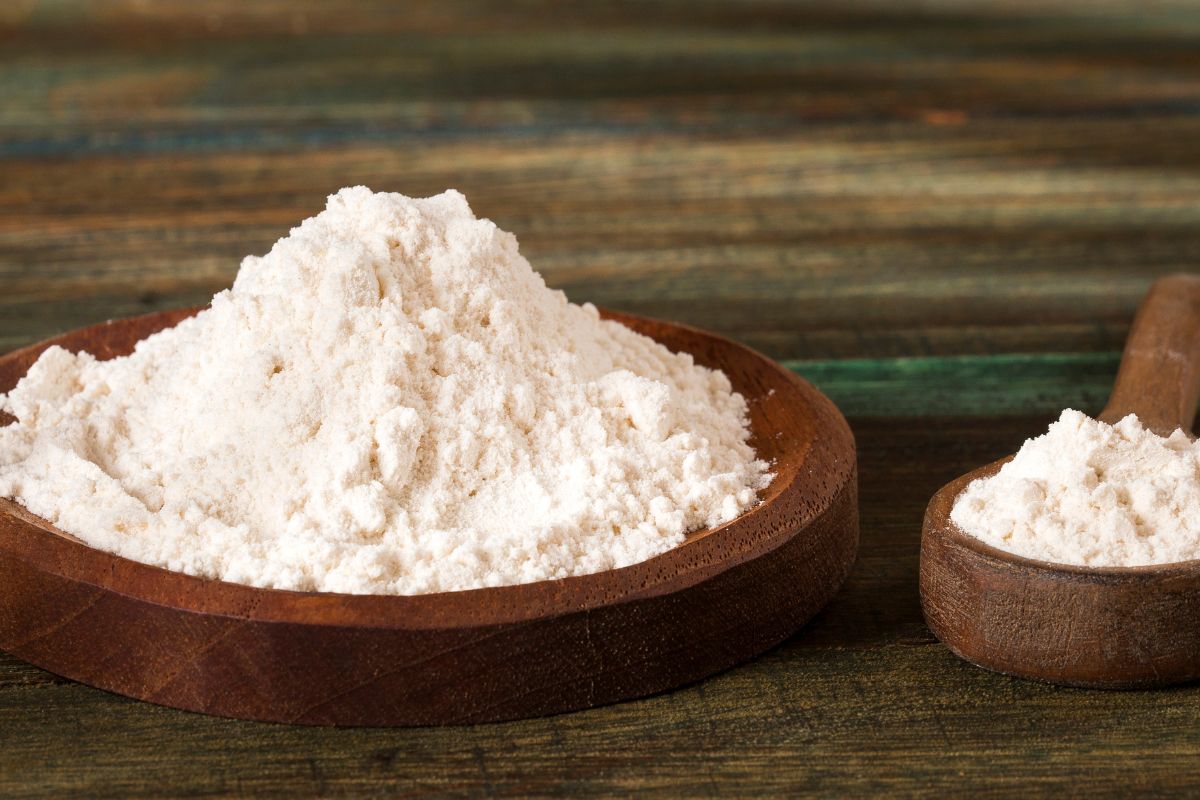
Gluten is a protein that occurs in grains such as wheat, barley and rye. As tapioca flour is extracted from cassava root it is naturally gluten free.
Lots of gluten free products contain tapioca flour as it mimics the stretchy qualities of gluten very closely.
However you should not assume that every tapioca product is gluten free. Many facilities that mill tapioca flour also mill wheat, barley and rye so there is the risk of cross-contamination.
Always check that the packaging states that the tapioca product is gluten free including being made and packaged in a gluten free environment. For peace of mind stick with brands that only manufacture gluten free products.
Do You Make Tapioca Pudding From Tapioca Flour?
Tapioca pudding is made using tapioca pearls. These are made by adding hot water to tapioca flour and then formed into a kneadable dough. Small balls or pearls of tapioca are rolled from the dough and then gelatinized by heat or steam.
These tapioca pearls are combined with milk, sugar, eggs, salt and vanilla extract in order to make tapioca pudding.
In Conclusion
Tapioca flour or starch is a very useful ingredient to have in the kitchen. It can be used in numerous ways, as a thickening agent, as a binder, to replace wheat flour or in specific recipes such as Brazilian pão de queijo.
If you are gluten intolerant then tapioca is a must-have in your arsenal against the effects of gluten. And don’t forget about that pudding!
- How To Reheat A Cheesesteak - November 5, 2023
- What Are Three Must Have Kitchen Knives? - September 22, 2023
- How To Protect Edges Of Pie Crust - June 15, 2023



